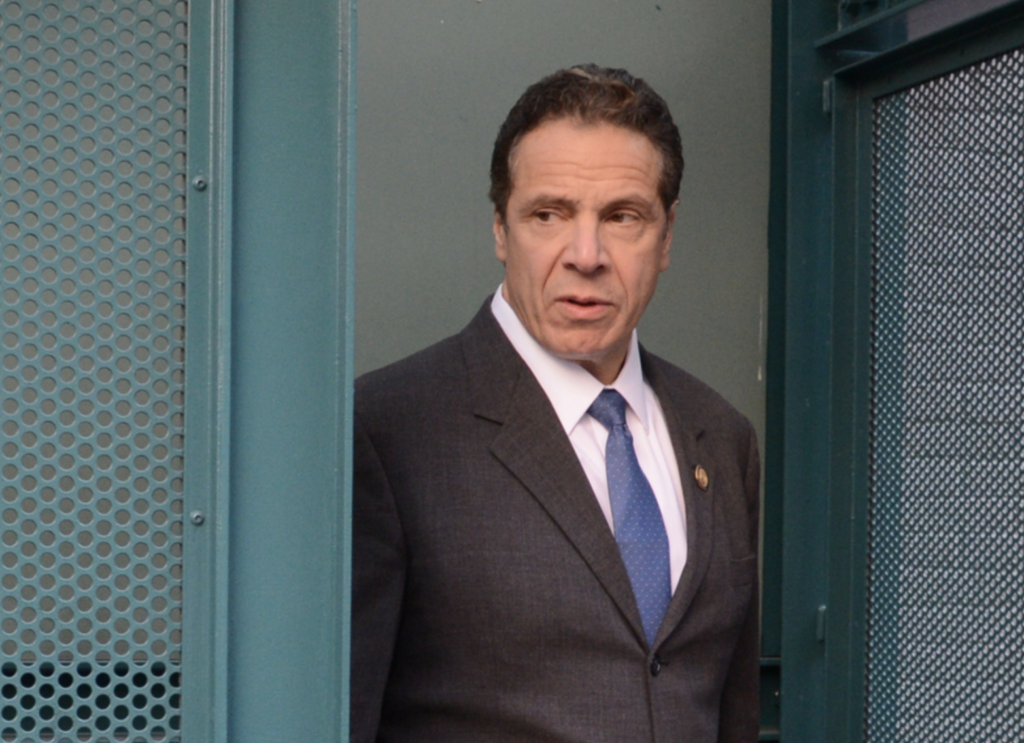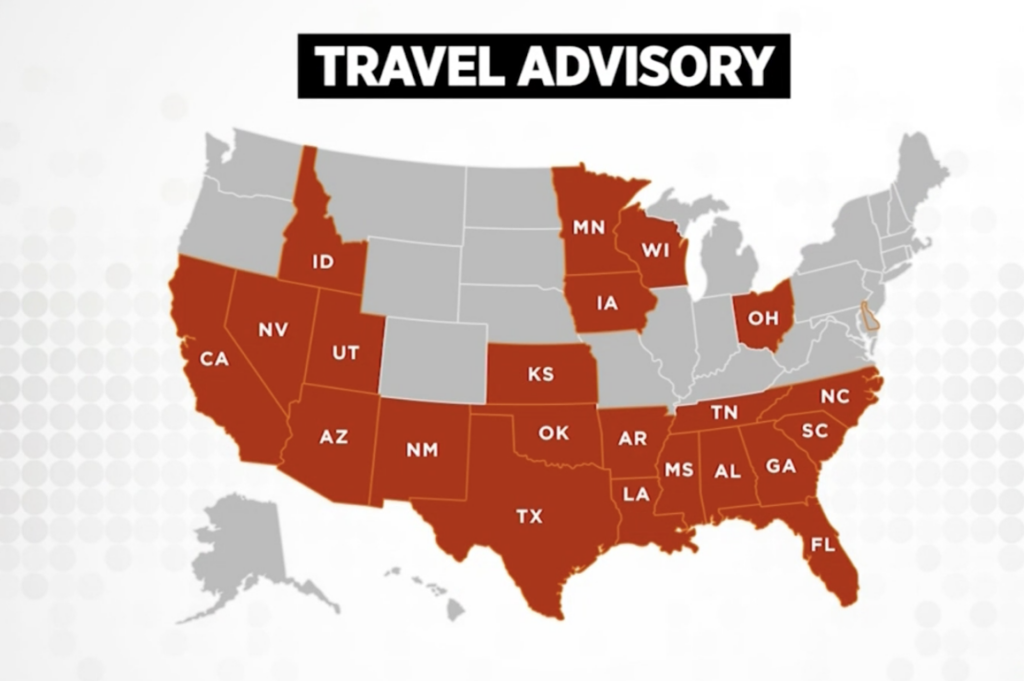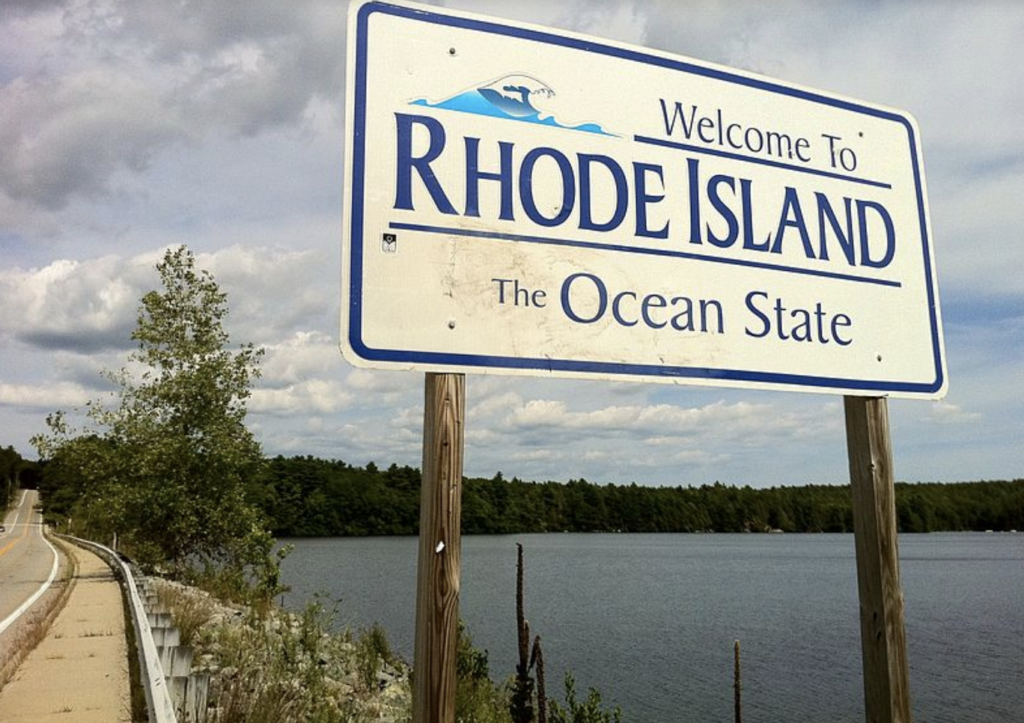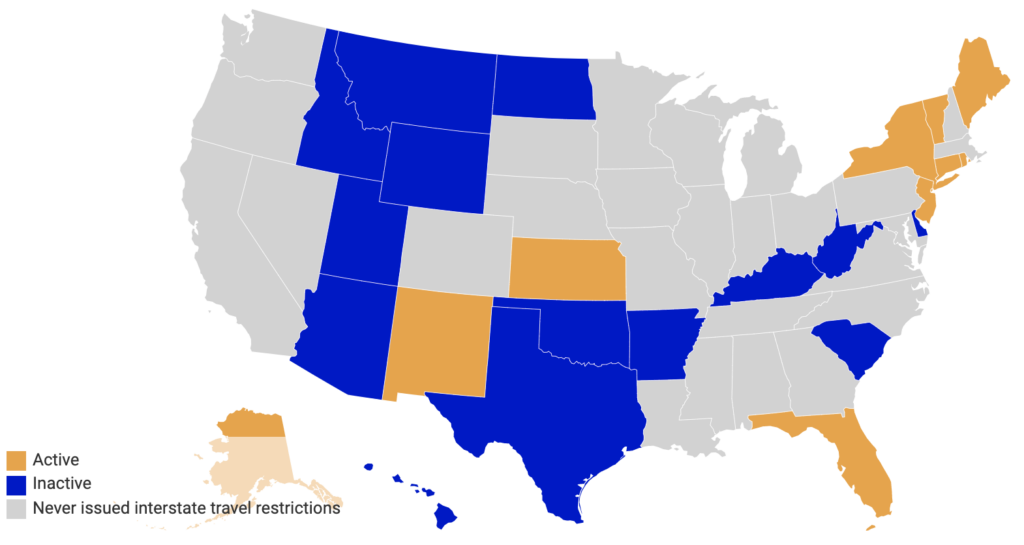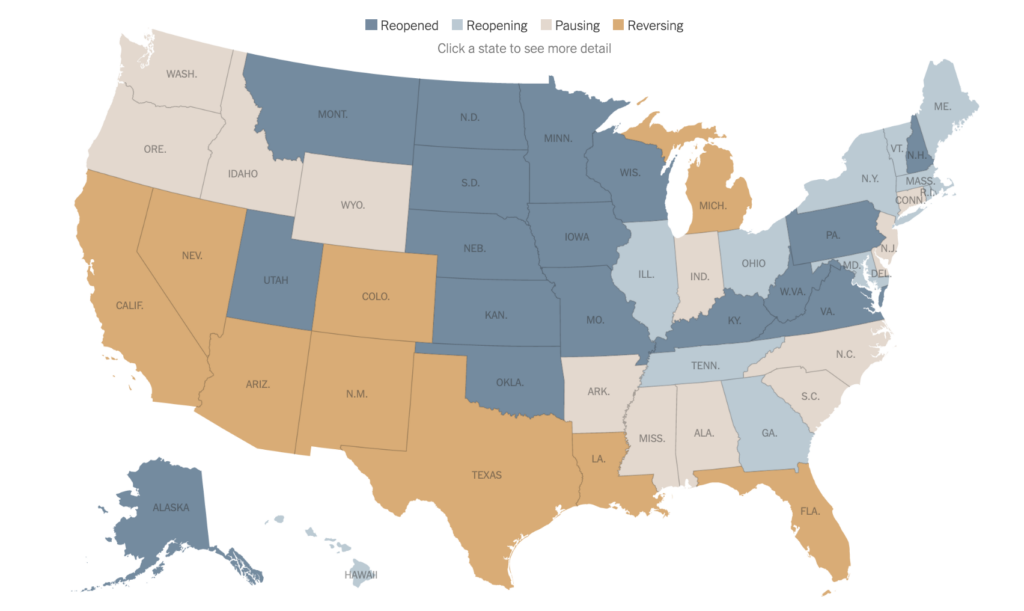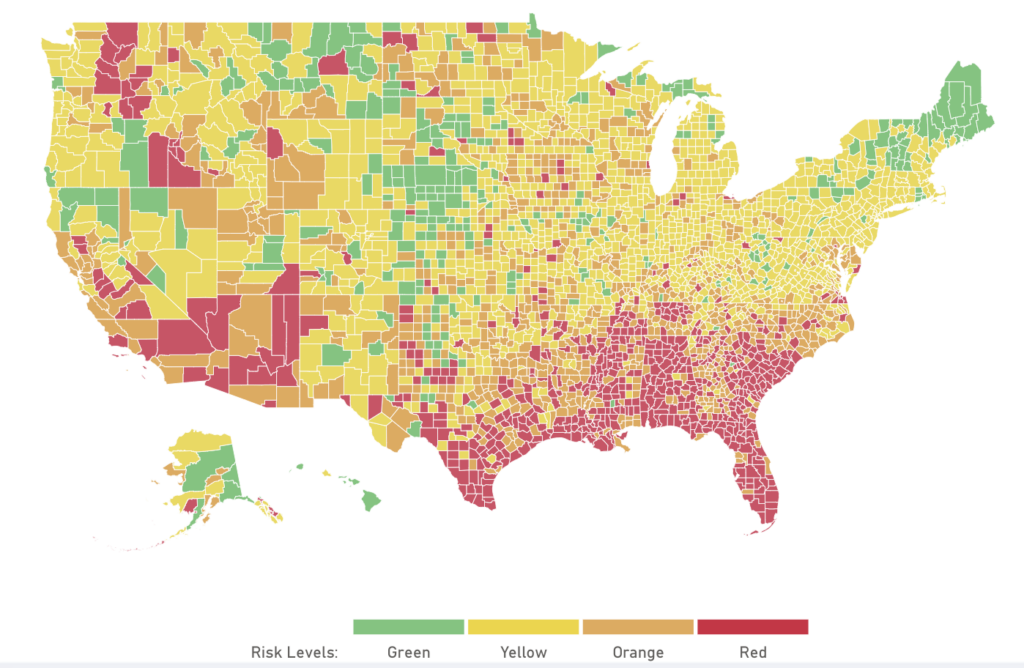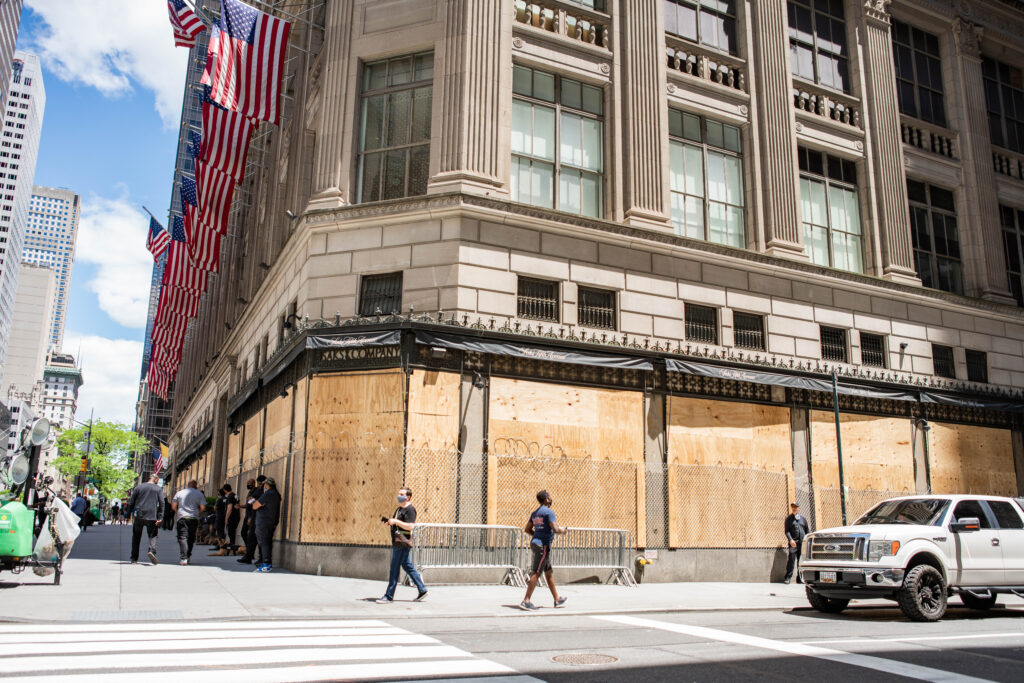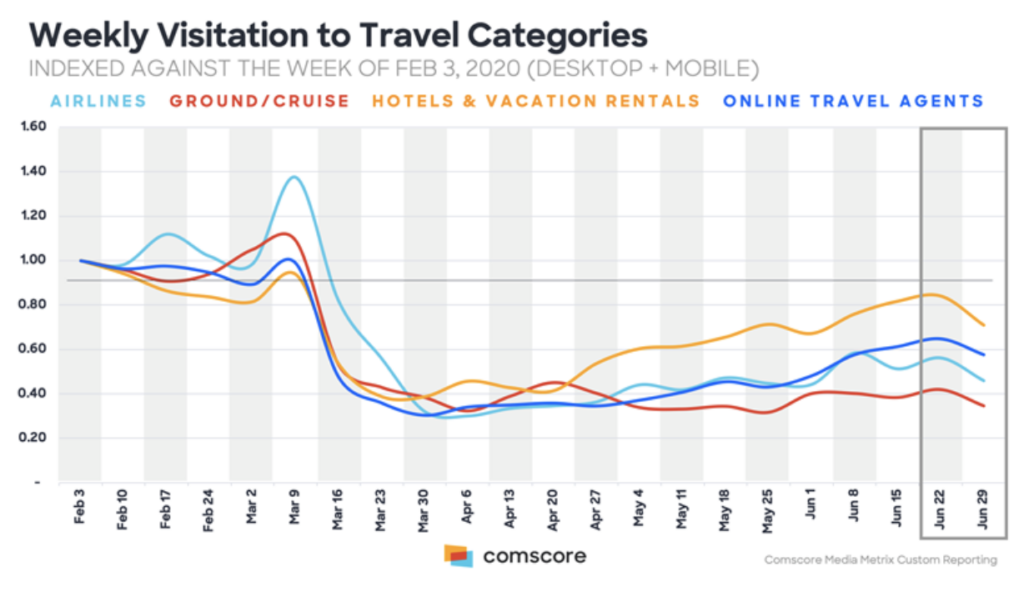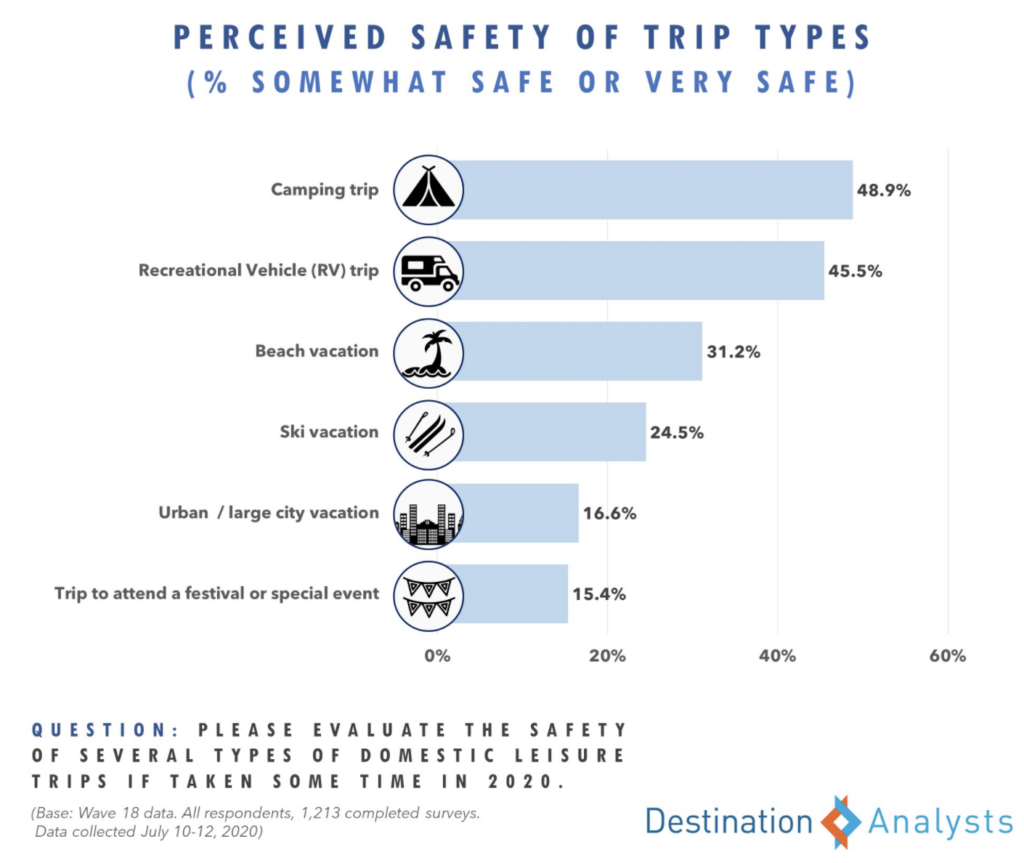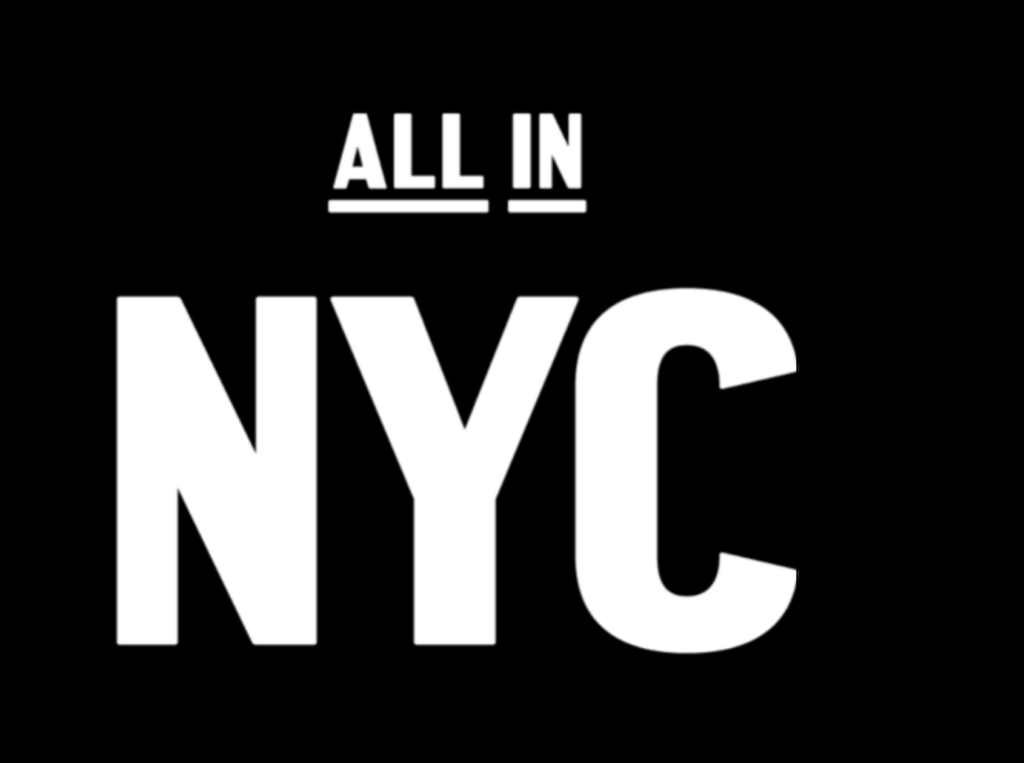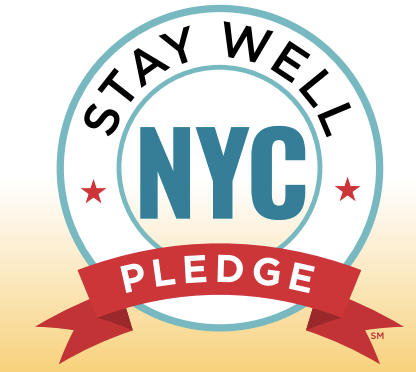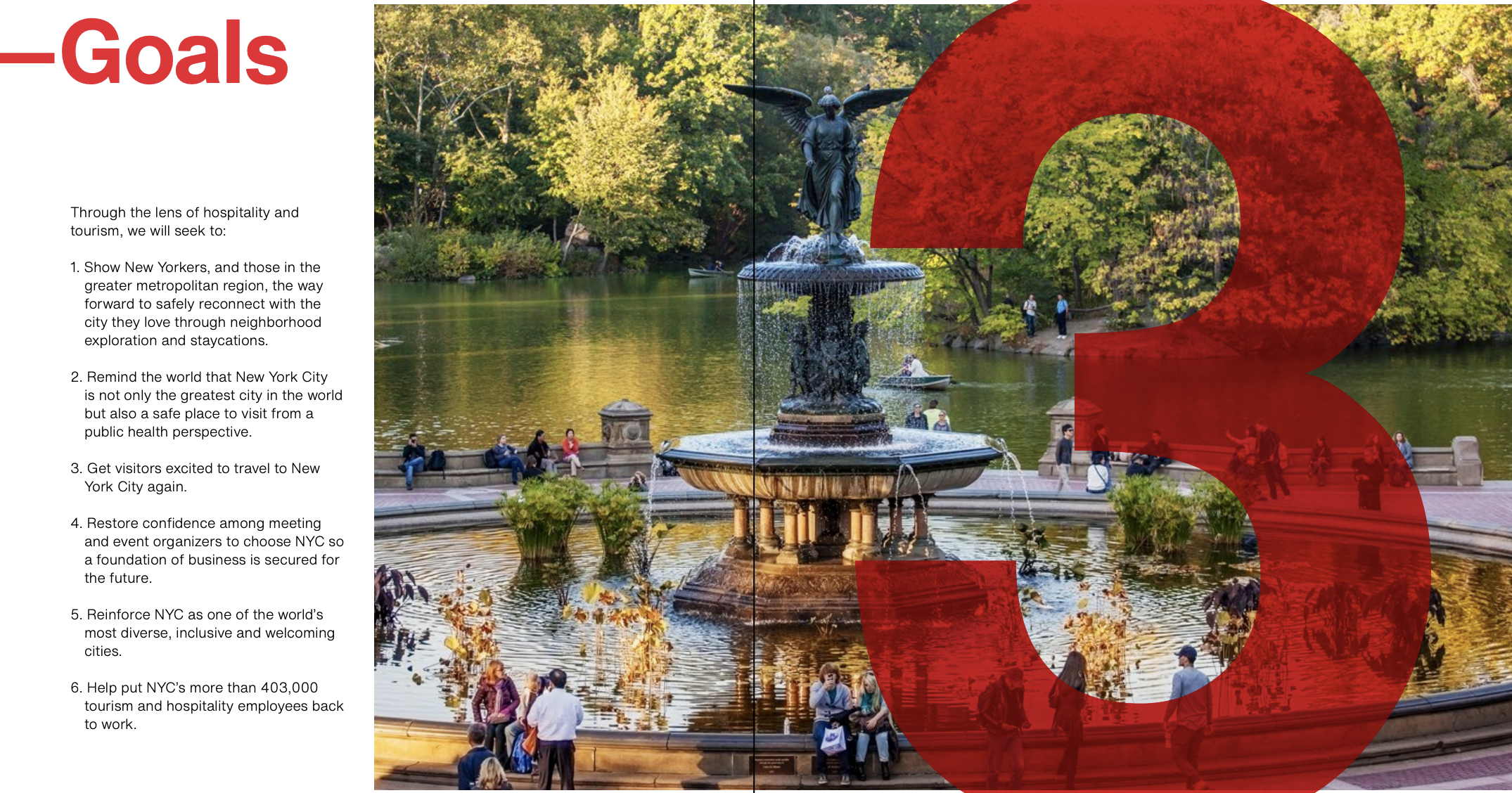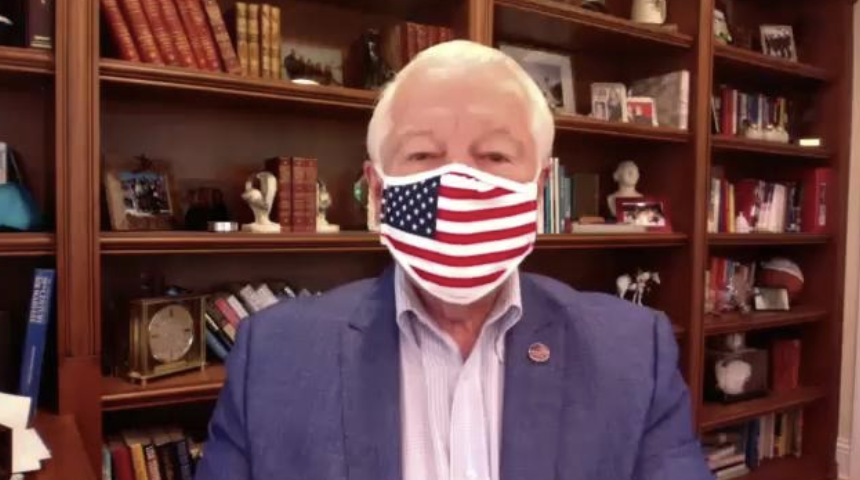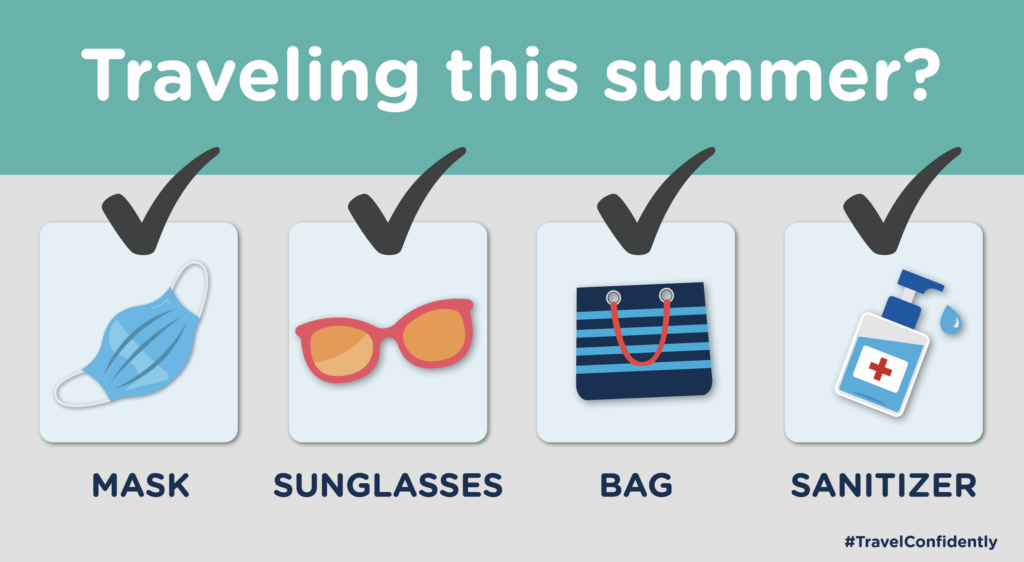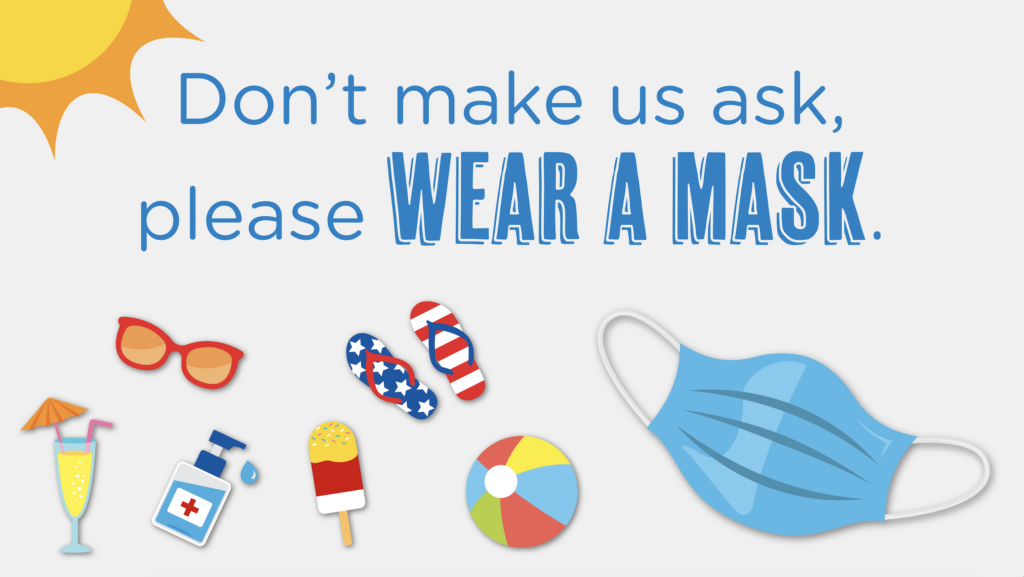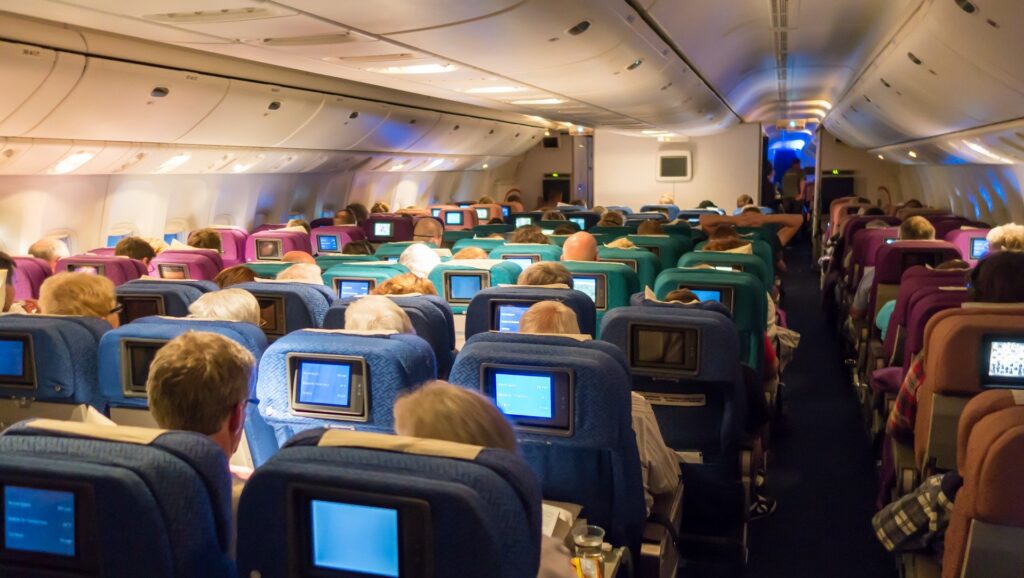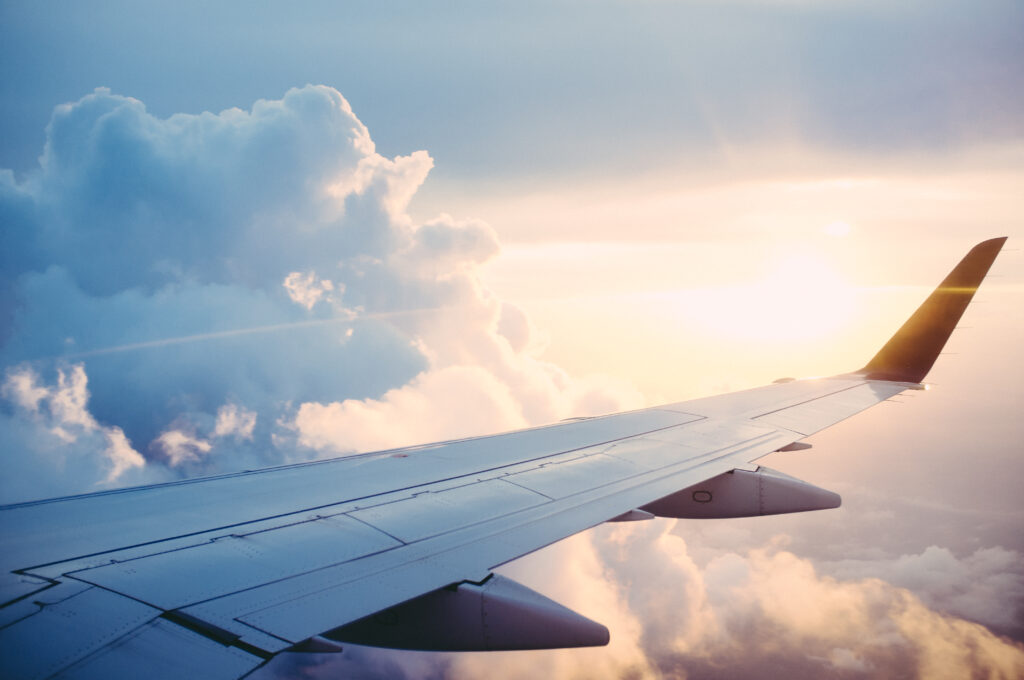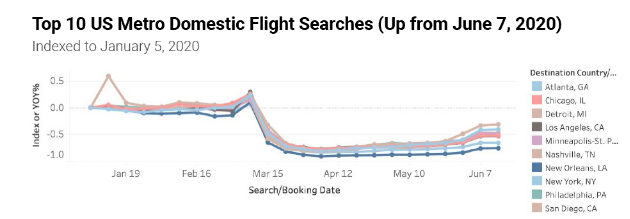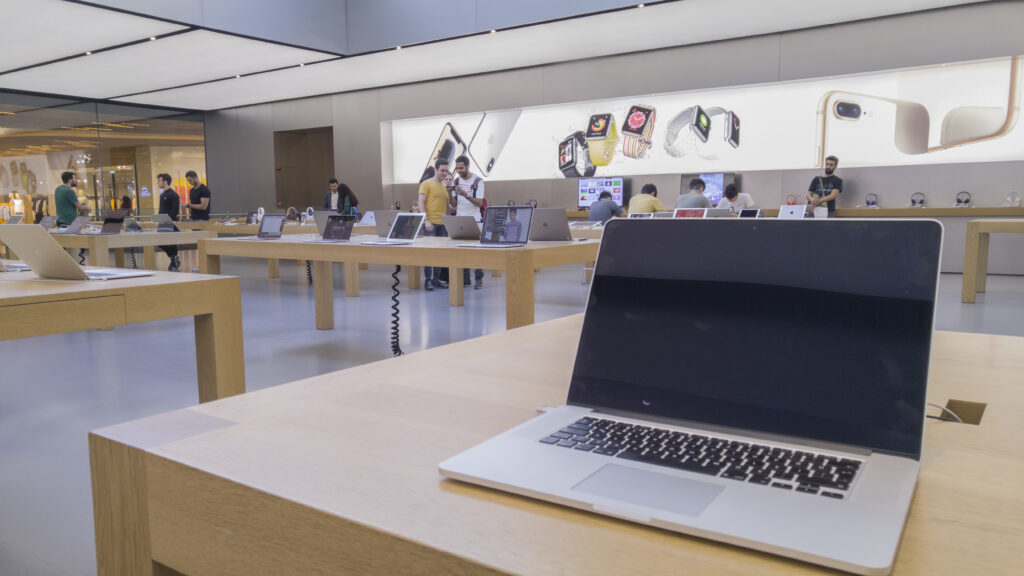
Apple is consistently one of the first retailers to close its doors just as they see a surge in Covid-19 cases.
Covid-19 is spreading throughout the nation at wildly different rates reflecting wildly different policies for quarantines, openings, and masks at state, county, and city levels.
So, with 271 stores in the U.S. alone, how does Apple decide opening, closing, re-openings? By looking at county-level Covid case numbers, positivity percentages, hospital admissions, ICU numbers, ventilator use, asymptomatic testing and public health department data.
The Wall Street Journal tracked hundreds of store closures, coronavirus statistics and official lockdown measures to piece together Apple’s shutdown strategy. In most cases, these shutdowns proved to be an early indicator of the Covid trajectory.
With $200 billion in the bank ($80 billion in a rainy day fund after accounting for debt), Apple has enough cash for more than a year without cutting costs or selling a single iPhone, the report says. Physical stores, even at $30 billion annually, represent only 8-10% of sales, say analysts. Meantime, soaring online sales can more than support all retail employees throughout the pandemic.
